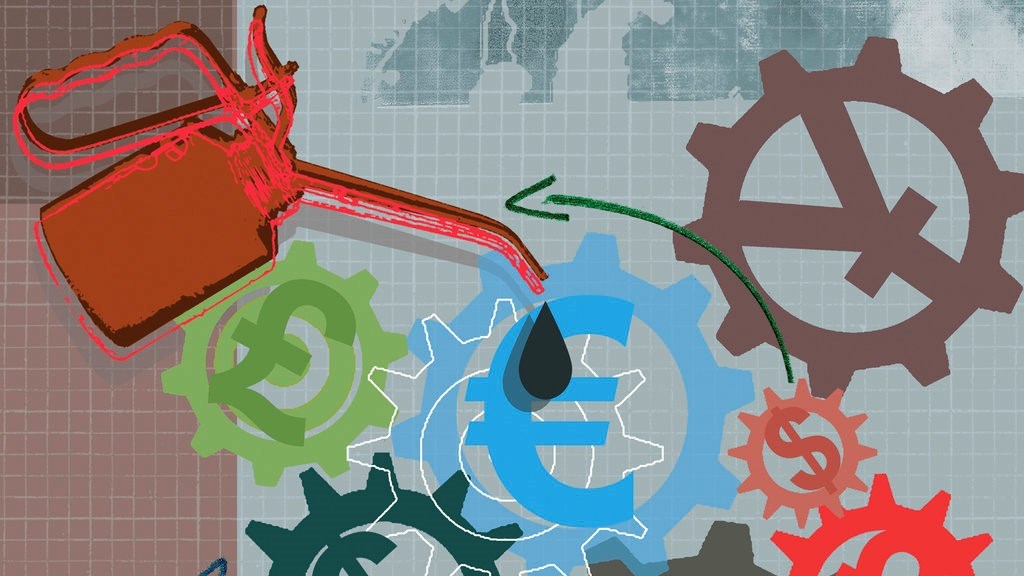Investors who held on to their stock holdings during the dark days of the financial crisis have been well-rewarded. With the broad U.S. stock market up 18% on an annualized basis since October 2008, a buy-and-hold investor in a total stock market index fund would have more than doubled his money during the past five years.
Alas, we know that not every investor buys an investment and lets it ride. The market's often-volatile performance pattern tends to prompt investors to get busy buying and selling, and such activity is often exacerbated during searing psychological trials like the financial crisis. In so doing, they may undermine their own investment results. Indeed, Morningstar research has demonstrated that investor behavior--in the form of ill-timed trades--may exact a bigger toll on some investors than fund expenses, trading costs, or advisor fees.
With that in mind, I took a look at Morningstar's investor-return statistics during the past five years--a period of tremendous downs and ups that would seem to be a perfect laboratory for capturing trends in investor behavior. Funds' published total returns assume that an investor bought a fund at the beginning of a time period and held it until the end. By contrast, our investor-return statistics aim to depict the return earned by the typical investor in a fund by factoring in the timing of all purchases and sales. If a fund generated strong investment returns at the beginning of a five-year period but serious inflows didn't occur until years 4 and 5, the investor return would be lower than the fund’s published total return. I looked at both average investor returns for each category as well as asset-weighted investor returns, meaning that the bigger funds got more weight in the calculation than the smaller ones. The themes were similar.
Poor Timing Still Taking a Toll
First, the headline: Building on our research during the past seven years, it's a rare category where investor returns are better than the fund's published total returns. In general, asset-weighted investor returns tend to look better than a simple average of investor returns.
But it's worth noting that the data carry some caveats, in part because of the increasing market share that exchange-traded funds have taken from traditional mutual funds, especially during the past five years. For example, the asset-weighted investor return in the large-value category was just 86% of the average total return in the category. But robust investor purchases of exchange-traded funds would suggest that some of these investors didn't sell out of the large-value category altogether but instead traded a traditional large-value fund for an ETF. Thus, there's the potential for the data to overstate (and understate) the magnitude of investors' timing errors.
Target-Date Fund + Long Time Horizon = Good Investor Experience
Traditional mutual funds do represent the bulk of assets and flows in some categories, however, and it is here where the investor returns provide a pretty clear look at how investors have fared. The most recent run of the data corroborates some of the themes that we've been seeing since we rolled out investor returns in late 2006. All-in-one stock/bond vehicles--especially target-date funds--tend to encourage disciplined, placid behavior that translates into strong take-home returns. On an asset-weighted basis, investors in hybrid/stock bond funds earned 93% of the funds' total returns--the highest of any asset class.
During the past five years, the typical investor in a target-date fund dated 2011 or longer earned a return that was actually higher than the average fund's total return. That likely owes to these funds' penetration in 401(k)s and other employer-sponsored retirement plans, where investors' monies go into the funds on autopilot as they receive their paychecks. Target-date investors also don't have discretion over whether their money goes into stocks or bonds, narrowly focused funds, or broad-focused funds. That tends to inhibit performance-chasing.
The data also show that younger participants in target-date vehicles earned particularly strong returns, even though their equity-heavy portfolios saw big losses in the early part of the period examined (late 2008 through early 2009). Stunningly, the asset-weighted investor returns of target-date funds for young investors--those retiring in the year 2046 or later--were a full 30% higher than the funds' average total returns. These encouraging data would lend support to the Pension Protection Act provision that enabled 401(k) plan providers to use target-date vehicles as the default option instead of the cashlike vehicles that were the default in the past.
Bonds? Not So Much
Meanwhile, investors often mistime their investments in more narrowly focused funds, such as sector vehicles; investors in natural-resources funds did especially poorly, with an asset-weighted investor return that was about 60%, if that, of the average total return in the category.
Investor returns in international-stock funds were even weaker during the past five years. Asset-weighted investor returns for international equities were 16% lower than the average total returns in those categories, and investor returns in funds focused on diversified emerging markets, Europe, Japan, and Pacific/Asia were especially weak.
What's perhaps more surprising than the fact that investors have lagged with sector and international funds, however, is how poorly bond investors fared during this five-year period. Taxable-bond investors, on an asset-weighted basis, captured returns that were 30% lower than the asset-weighted returns for the category. Municipal-bond funds' investor returns were even worse. The weakness was widespread, but especially notable in some of the more specialized categories that investors have been gravitating to during the past several years. Asset-weighted investor returns in the nontraditional bond, bank-loan, and emerging-markets bond groups were all lousy, with investors capturing 34%, 63%, and 42%, respectively, of the categories' average returns. Morningstar analyst and asset-flows expert Mike Rawson noted that many of the funds in these groups saw their strongest returns in the earliest part of the period examined, but investor dollars didn't flow into them in earnest until a few years ago.
Time-Tested Lessons--and a Few New Ones
What are the lessons we can glean from all of these data? For starters, the very strong investor returns of target-date funds attest to the virtues of discipline and putting an investment program on autopilot, as the mechanistic nature of flows into these funds helped lead to a good result. The fact that many such funds were rebalancing into stocks when the market was at a low ebb (and even as many other investors were buying bonds) also helped improve investor outcomes.
The data also reinforce the time-tested pitfalls of performance-chasing. Although investors might be mindful of the perils of chasing hot sector or regional funds, the data show that driving with the rearview mirror is alive and well in the realm of bonds, too. Although the absolute return gap between total returns and asset-weighted investor returns in some of the bond categories wasn't particularly wide, on a percentage basis the investor-return/total-return gap was every bit as large as it was in categories that investors view as obviously risky.
Finally, the data reinforce the importance of tracking your own portfolio's performance versus that of a static vehicle like a target-date fund. If you find you're consistently underperforming your benchmark, you may want to ask yourself whether you might not be better off using a more hands-on approach. If you are managing a transaction portfolio on Morningstar.com, the My Performance Tab helps you track your own investor return by factoring in the timing of your purchases and sales.
Christine Benz is Morningstar's director of personal finance.
















